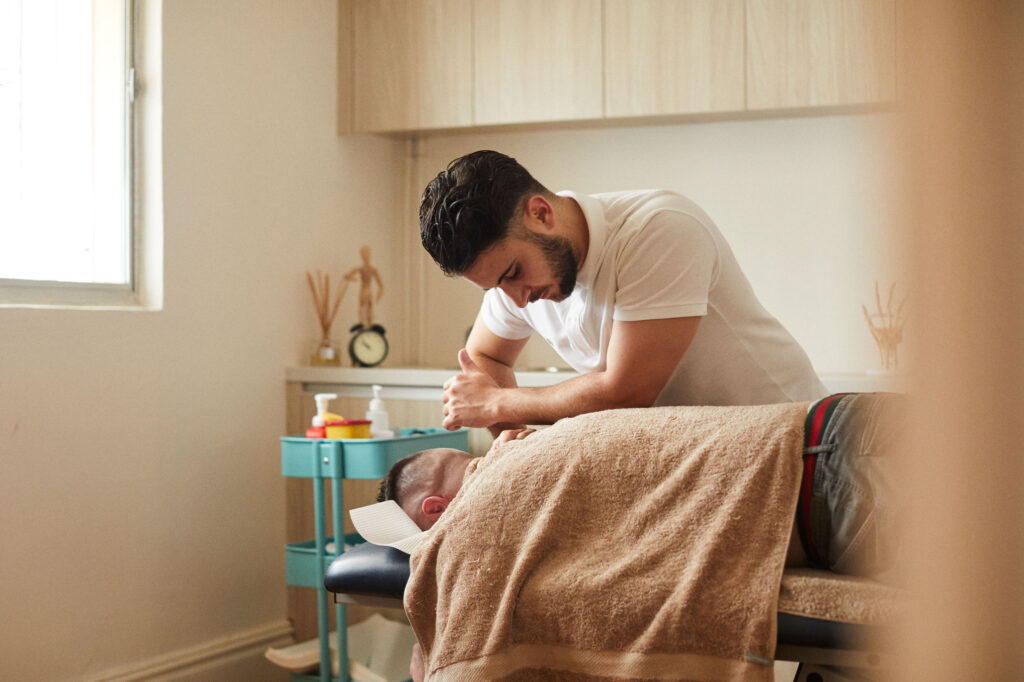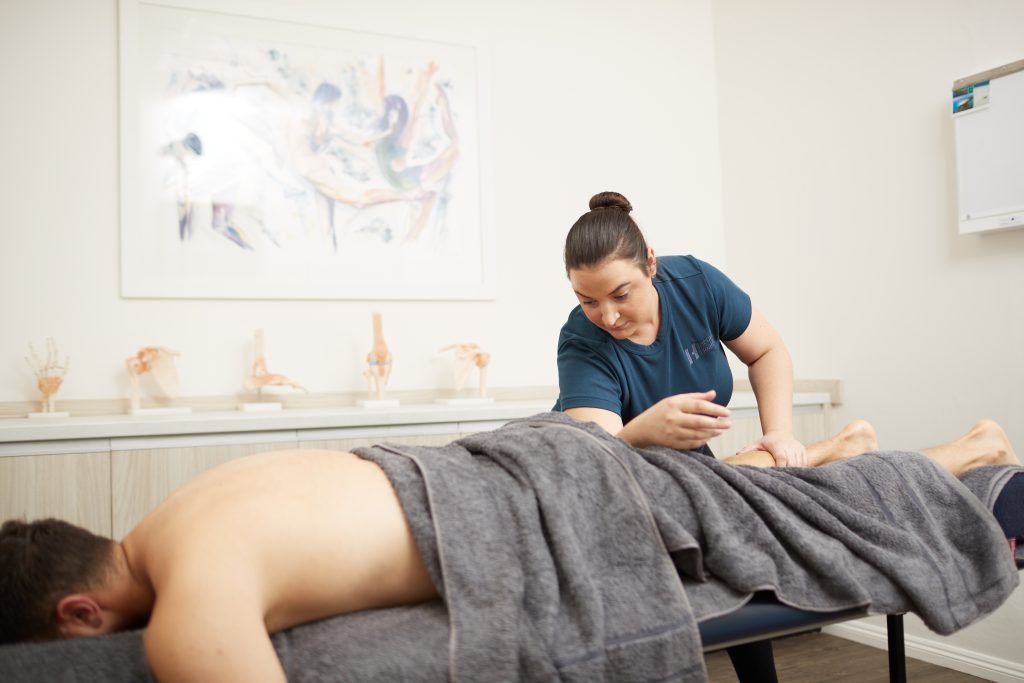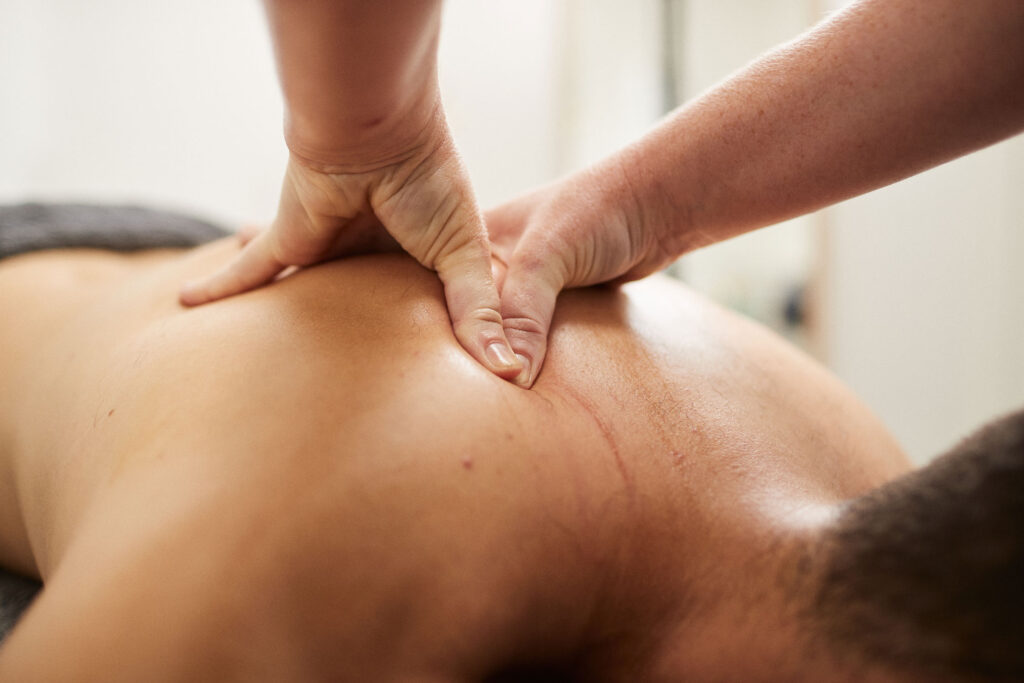Aftercare Tips for Remedial Massage: What to Expect & What to Do


Remedial massage and sports massage are therapeutic techniques aimed at treating musculoskeletal pain, injuries, and postural imbalances. Unlike a relaxation massage, it focuses on identifying the root cause of discomfort and applying targeted pressure to promote healing and aid the healing process.
Whether you’re managing chronic pain, recovering from an injury, or simply investing in your wellbeing, remedial massage offers all the powerful benefits.
Another key aspect of remedial massage is that it’s often tailored to an individual’s condition and lifestyle. A therapist will typically perform a brief assessment before treatment to determine the root causes of discomfort—whether it’s from sports overuse, workplace ergonomics, or stress-related tension.
This kind of massage doesn’t just treat the symptoms—it addresses the cause. By breaking down adhesions and restoring balance to muscle groups, remedial massage supports long-term functional improvements in how you move, feel, and recover.
Whether you’re managing chronic pain, recovering from an injury, or simply investing in your wellness, remedial massage offers powerful benefits. But to truly maximise those benefits, proper aftercare is essential.
Why Aftercare Matters
After your treatment, your body enters a period of adjustment, which can include post massage soreness. Muscles that were tight have been released, circulation has increased, and your nervous system has shifted into healing mode. Taking the right steps post-massage, including drinking water, ensures that you support your recovery.
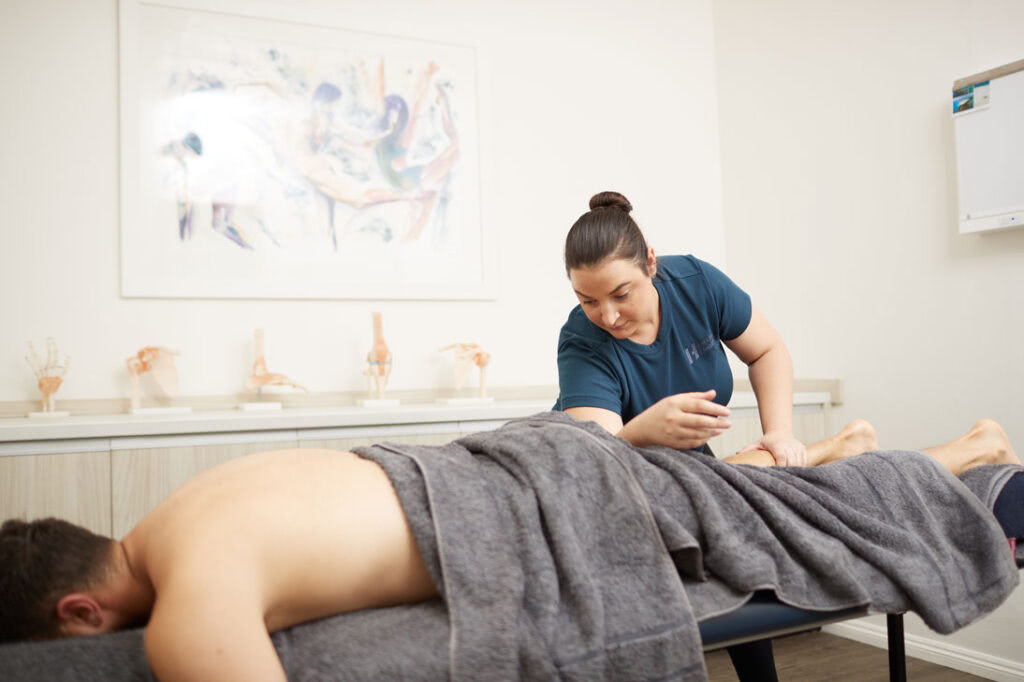

Aftercare is important for:
- Faster recovery
- Reduced soreness
- Long-lasting results
- Fewer side effects
Let’s explore exactly what to expect and what you should do after a remedial massage.
What to Expect After a Remedial Massage
1 – Mild Soreness or Tenderness
It’s completely normal to feel a little sore after a remedial massage. Just like a workout, the muscles have been manipulated, stretched, and engaged. This soreness typically resolves in 24–48 hours.
2 – Feeling Tired or Lightheaded
Your body has been stimulated physically and neurologically. You may feel deeply relaxed, sleepy, or even a little woozy after your session. This is temporary and usually resolves after some rest and hydration.
3 – Increased Thirst
Massage stimulates the lymphatic system, helping your body move waste products and toxins. This natural detoxification process can make you thirstier than usual.
4 – Emotional Release
Massage therapy can stir up emotions stored in the body—especially when trauma or chronic stress are involved. It’s not uncommon to feel emotional after a session. Be kind to yourself and allow space for whatever comes up.
Immediate Post-Massage Care Tips
5 – Drink Plenty of Water
Hydration supports your body’s recovery process. Aim to drink at least 2–3 glasses of water and consume nutrient rich foods in the hours following your massage to flush out toxins and ease muscle soreness.
6 – Take It Easy
Avoid scheduling intense activities or workouts after your session. Let your body rest and integrate the changes made during treatment.
7 – Avoid Heavy Exercise for 24 Hours
While light walking or stretching is fine, skip the gym for a day. Your muscles are recalibrating, and overexertion could undo the massage’s effects.
8 – Nourish Your Body


Eating a wholesome, balanced meal post-treatment, including healthy foods, is essential. Protein, healthy fats, and fresh veggies will replenish your system and support tissue repair.
9 – Use Heat or Cold Packs If Advised
Depending on your condition, your therapist may recommend applying a heat pack to promote blood flow or a cold pack to reduce inflammation. Follow their guidance for best results.
The Day After and Beyond: Supporting Your Recovery
10 – Gentle Movement or Stretching
Low-impact movement like walking or light stretching can prevent stiffness and keep your body moving fluidly. Avoid anything that causes pain or strain.
11 – Take a Warm Bath or Shower
Warm water soothes the muscles and can enhance the relaxation effect of your massage. Adding Epsom Salts can also assist in reducing soreness and replenishing magnesium.
12 – Listen to Your Body
If you feel like resting, rest. If your body craves movement, do so gently. Tune into what feels best—this awareness helps maintain balance.
13 – Book a Follow-Up Appointment
Consistency enhances muscle recovery and the benefits of remedial massage, leading to positive feelings about your health. Discuss a treatment plan with your therapist—especially if you’re working on an injury or chronic issue.
14 – Communicate With Your Massage Therapist
Still sore three days later? Or unsure whether something you’re feeling is normal? Reach out to your therapist. They’ll guide you through what’s expected and what might need more attention.
Common Mistakes to Avoid After a Remedial Massage
15 – Skipping Hydration
This is one of the most common missteps. Dehydration can lead to increased soreness and fatigue post-treatment. Keep a water bottle handy.
16 – Pushing Yourself Too Soon
Jumping back into a high-intensity workout or manual labour too soon can strain your freshly relaxed muscles. Give yourself a full day of downtime if possible.
17 – Overanalysing Every Sensation
Your body might feel a little “off” as it adjusts. Don’t panic over minor aches, tingles, or emotional shifts—they’re part of the healing response.
18 – Ignoring Pain


That said, if you feel sharp or unusual pain, especially after 48 hours, don’t ignore it. Contact your massage therapist or GP for advice.
When to Seek Advice Post-Treatment
19 – You Experience Unusual Pain or Swelling
A bit of soreness is fine, but persistent sharp pain, swelling, or signs of inflammation could indicate something more serious. Don’t hesitate to seek medical advice.
20 – You’re Unsure Whether to Continue
If you’re uncertain about whether remedial massage is helping—or if it’s making symptoms worse—your therapist can adjust their approach or recommend another course of action.
Enhancing Your Results Between Sessions
While remedial massage and deep tissue massage offer immediate relief, your results can be significantly enhanced by techniques that improve circulation and what you do between treatments. Incorporating complementary self-care techniques into your routine not only extends the benefits of your massage but also promotes long-term wellbeing.
1 – Stretching and Mobility Exercises
Incorporating gentle stretching and a short daily stretching routine can help maintain the flexibility and muscle length achieved during your massage. Focus on the areas your therapist worked on, and ask for specific stretches tailored to your condition.
2 – Proper Ergonomics
Many musculoskeletal issues stem from poor posture, especially if you work at a desk. Ensure your workstation is ergonomically friendly—monitor at eye level, feet flat on the floor, and shoulders relaxed. Small adjustments can prevent recurring strain.
3 – Hydration and Nutrition
Ongoing hydration keeps tissues pliable and healthy. Combine this with a balanced diet rich in anti-inflammatory foods—think omega-3s, leafy greens, and whole grains—to support recovery and reduce inflammation.
4- Mind-Body Practices
Practices like yoga, pilates, or meditation not only improve mobility but also reduce stress—an often-overlooked factor in muscle tension and chronic pain. These techniques support the nervous system and complement the physical release provided by massage.
5 – Communicating with Your Therapist
Open dialogue with your therapist ensures that each session builds on the last. Let them know what felt good, what was uncomfortable, and any new concerns. This collaborative approach tailors the treatment to your evolving needs.
Ready to Book Your Massage?
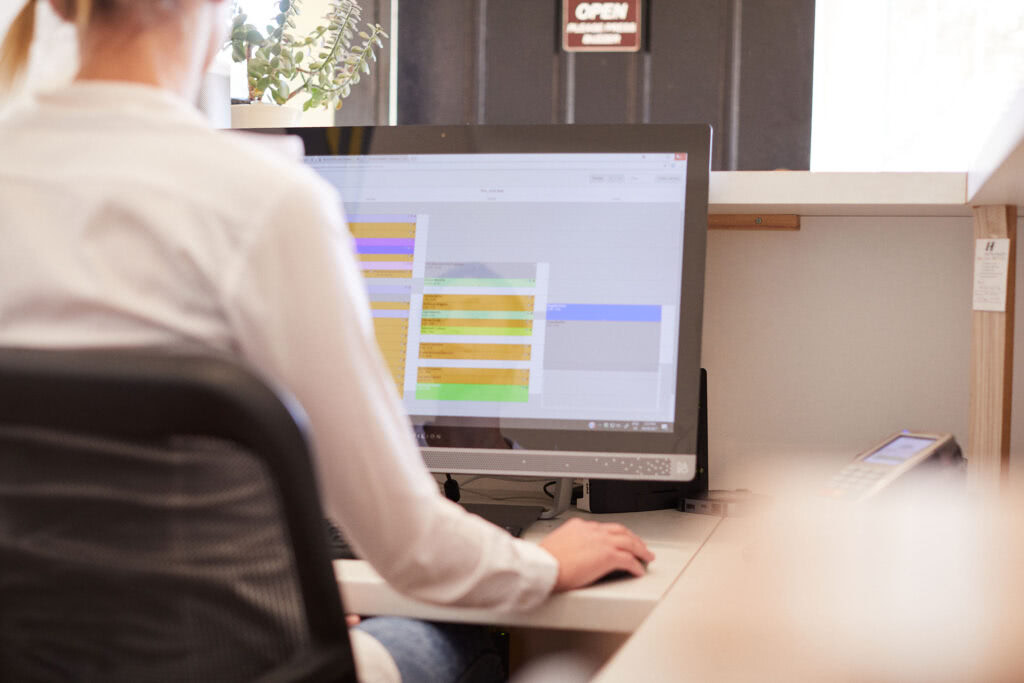

Remedial massage isn’t just about the massage experience on the table—it’s about what you do after to support the changes your body is undergoing.
With proper aftercare, you’ll experience:
- Less soreness
- Longer-lasting results
- A deeper sense of balance and relief
Ready to book your next session?
Call us at 02 9569 9552
Explore more at www.inclinehealth.com.au
Frequently Asked Questions
What to do after a remedial massage?
Drink plenty of water, rest, avoid strenuous activity, and listen to your body, especially if you experience muscle pain . Gentle movement, stretching, and warm baths can also help.
What is the aftercare advice that should be provided after a massage?
Hydration, rest, nutrition, gentle movement, and communication with your therapist are vital after a massage treatment . Avoid intense workouts or alcohol immediately after.
How do you take care of your body after a massage?
Support your muscles with hydration, proper nutrition, and rest to support muscle repair . Tune into how your body feels and respond accordingly.
Should you shower after a remedial massage?
Yes, a warm shower can relax muscles and help remove any massage oils. Wait at least an hour to let the treatment settle if possible.



